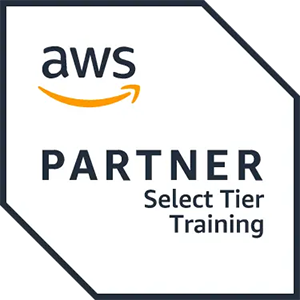This course is designed for the pre-sales engineer to make an informed decision of which product in the NetApp portfolio best fits the customers needs. The course will begin with a brief overview of SAN, followed by a comparison of each of the products architecture and implementation steps, and finally how to choose the correct product for a customer’s SAN solution.
In this course, you learn how to differentiate between the SAN architectures in the NetApp portfolio:
- FAS and All Flash FAS (AFF) systems with the clustered Data ONTAP operating system
- E-Series and EF-Series systems with the SANtricity operating system

 United Kingdom
United Kingdom Germany
Germany Denmark
Denmark Sweden
Sweden Italy
Italy Netherlands
Netherlands Norway
Norway 
















 Kesto
Kesto  Toimitus
Toimitus  Hinta
Hinta